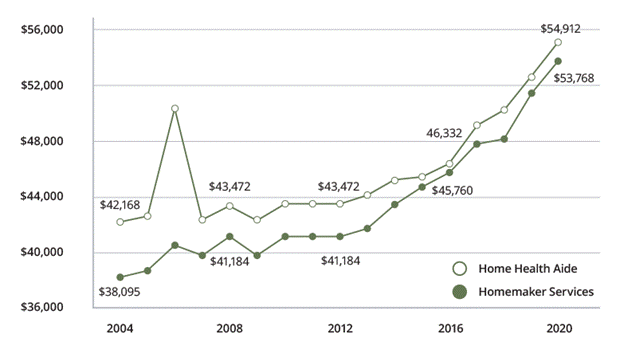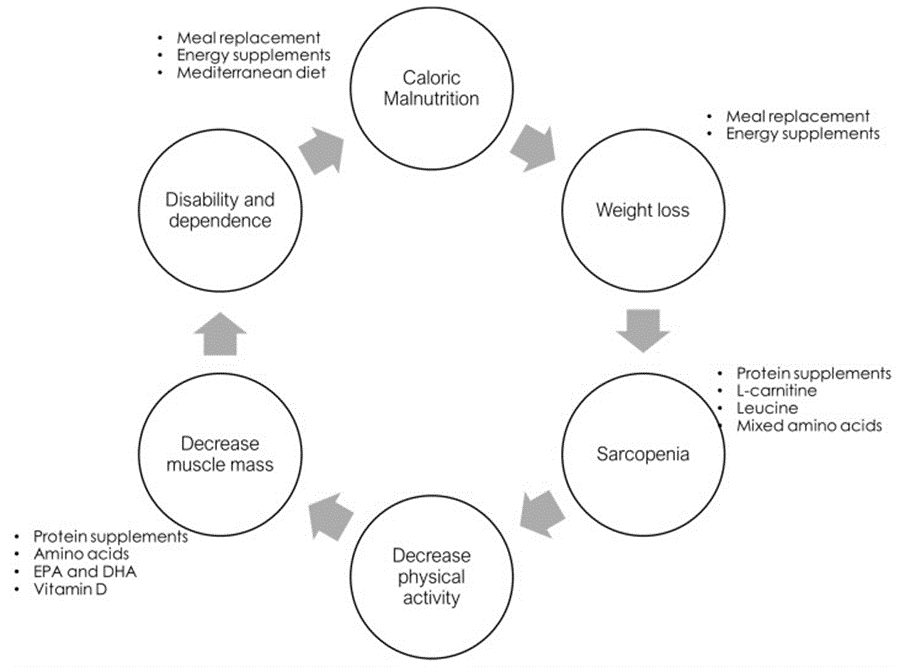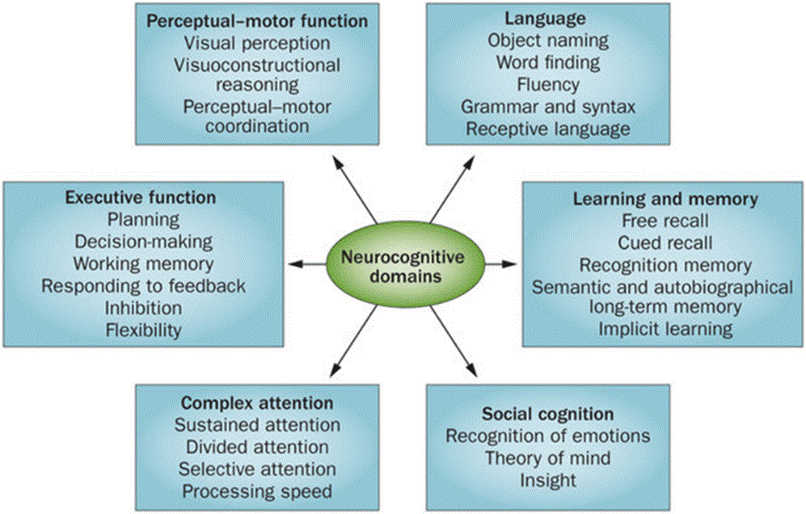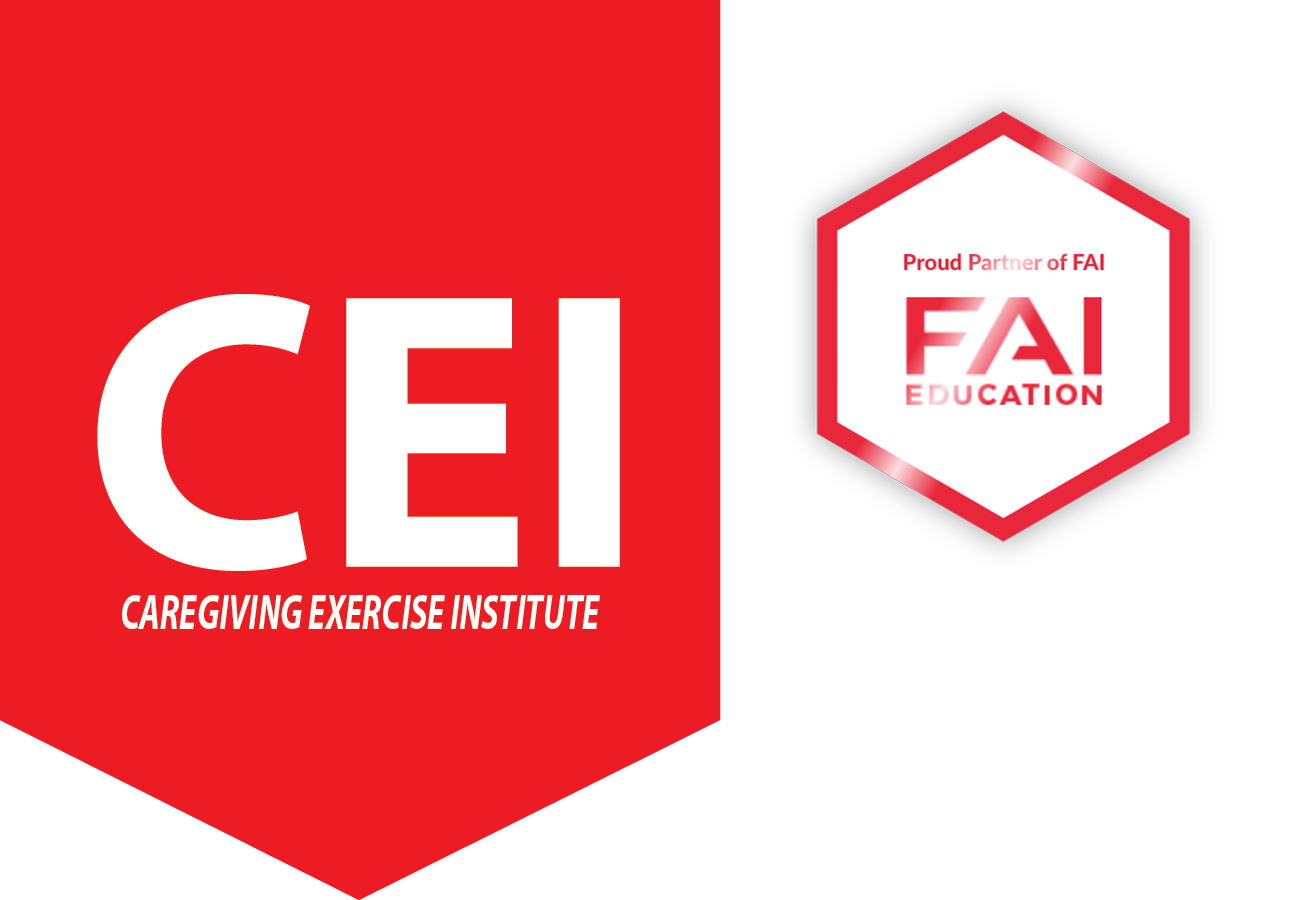Delaying Frailty

Dear Friend,
In today's blog I want to discuss the health-care challenge of an aging population and how we can make a positive impact on this challenge by delaying frailty and staying strong and fit for as long as possible.
Besides the obvious benefit of maintaining a high quality of life into the late stages, staying healthy and strong for long can also decrease the need for personal part-time or full-time care, which could provide big savings, and reduce the demand for caregivers and other health care professionals.
Let's start by taking a closer look at the growing population segment 65plus. No other segment of the US population is growing faster and with it's enormous increase in numbers causing an ever growing need for Physical Therapy, Community based Assisted Living, and Personal Care at Home.

As you can see in this graphic, while the population 65 plus was roughly 35-36 million in 2000, today we have about 59 million and in 2050 expect the number to increase by another 32 million. What the graphic also reveals is the enormous growth in the 75 and 85 plus segments of seniors, who are more likely to require some form of assistance using formal (professional) or informal (family) caregiving.
This increase in demand for care coupled with the fact that the number of formal caregivers isn't keeping pace with the numbers of patients/clients will unquestionably lead to further increases of cost for care.

This graph shows the decline in supply of direct care workers. You see that we currently have about 27 working age adults for every 85plus resident. In 2040 we expect that ratio to be 15:1. This supply shortage gets even more dramatic if we consider that the far greatest percentage of formal and informal caregivers are female. Today we have about 10 women for every 85plus senior, in 2040 only 4. As mentioned previously this demand and supply scenario will further increase the cost of care.
Genworth Cost of Care 2004 – 2020

The median yearly cost of a private room in a nursing home in the United States in 2020 was $105,850. The daily rate for private nursing home care ranged from $189 in Missouri to $1,196 in Alaska.
Assisted Living Facility Costs4

79.17% Increase in Assisted Living Facility costs since 20042
The median yearly cost of care in an assisted living facility in the United States in 2020 was $51,600. The monthly rate for assisted living facility care ranged from $3,000 in Missouri to $6,690 in Delaware.
In-Home Care Costs5

$24.00 National hourly cost for a Home Health Aide in 2020
The median annual cost of in-home care in the United States in 2020 was $54,912 for a home health aide and $53,768 for a homemaker. The hourly rate for a home health aide ranged from $17.00 in Louisiana to $33.00 in Minnesota.
Enroll Today, for your
Instant Access
How can one avoid such high cost for care? The best option as we are getting older and nearing the age of care is to stay strong and healthy as much- and for as long as possible. To stay healthy and strong one can recruit the help of fitness trainers, Physical and Occupational Therapists, Nutritionists, Psychologists and Physicians. The best way to delay the onset of frailty is through a multi disciplinary approach and the addition of the Caregiver to the team aiding in the administration of a daily dose of fitness training/therapeutic exercises as the number of Fitness Trainers and Physical Therapists aren’t keeping pace with the increase of the aging population.
What is Frailty and how can the team help delaying the onset to maximize quality of life and reduce the cost of retirement?
Frailty Syndrome Definition
“Frailty is theoretically defined as a clinically recognizable state of increased vulnerability resulting from aging-associated decline in reserve and function across multiple physiologic systems such that the ability to cope with everyday or acute stressors is compromised.”
“Frailty is a common clinical syndrome in older adults that carries an increased risk for poor health outcomes including falls, incident disability, hospitalization, and mortality.”
(The Frailty Syndrome: Definition and Natural HistoryQian-Li Xue, PhD, John’s Hopkins School of Public Health)
Frailty is a complex Syndrome caused by aging related biological changes, psychological and cognitive changes, and sociological changes.
As of today causality and consequences aren’t fully understood. In most cases reciprocal interaction between physical, social and emotional changes are presumed. The complexity of the syndrome makes it easy to understand why we need a team approach to prevent Frailty.
Is Frailty preventable or is it inevitable?
Ultimately Frailty can’t be defeated as the aging related changes to physiological systems and cognition/brain function will advance and in the end cause Frailty for all of us if we live long enough. What can be done successfully is delaying the onset of such processes through physical activity, exercises, nutrition, cognitive training, socialization, and pharmaceutical interventions.
The Team Approach:
What: Fitness Training/Therapeutic Exercises
Who: Physical Therapists, Personal Fitness Trainers, Caregivers
A training program for the population 65plus should include
- Strength and Resistance Training to offset aging related losses in muscle mass, aka Sarcopenia, and ensure that we stay “strong enough”.
- Aerobic Cardiovascular Training such as walking, jogging, swimming, cycling etc. to offset aging related declines in cardiac and pulmonary functions.
- Balance and Coordination to offset possible declines in proprioception and to mitigate falls.
- Flexibility and Mobility to counterbalance age related changes affecting joint mobility.
- Cognified Exercises add a cognitive stimulus to any physical exercise by challenging reaction speed, memory, spatial intelligence etc. Cognified Exercises can help with the prevention of cognitive impairment by stimulating Angiogenesis and Neurogenesis. Angiogenesis is the creation of new capillaries improving blood circulation in the brain, Neurogenesis is the creation of new neuro pathways.
- Power Training or Rapid Movement Training as part of Strength Training, may not be feasible for everyone. While load and resistance are significantly reduced, movements are performed at rapid speed. Being able to contract muscles forcefully and quickly can make the difference between catching a fall and prevent disastrous injury or not.
What: Nutritional Supplements and Dietary Advice
Who: Nutritionists and Dietitians?
Nutritional intervention in the effort to slow down the downward spiral associated with frailty syndrome has shown some promise. Whether it’s the Mediterranean Diet, known for it’s positive impact on frailty syndrome, or a hybrid of the Mediterranean and DASH Diet (Dietary Approaches to Stop Hypertension) known as MIND Diet, recently connected with the prevention and slowing of Alzheimer’s Disease, or an increase in protein intake for the 65plus 1-1.2 gr per kg body weight, 1.2-1.5 gr per kg bodyweight after age 75, or the supplementation of amino acids, Vitamin D, and Omega-3 Fatty Acids, nutrition plays a key role in successfully delaying many negative consequences of aging.

What: Medication and Hormonal Replacement Therapy
Who: Physicians
Certain medications such as anti depressants and stimulants like Ritalin given short term have shown success in improving mood and motivational levels to stay physically active. Hormone Replacement Therapy has been able to decrease sarcopenia (Muscle loss) and to increase appetite ensuring a proper caloric intake. Research in this area is still limited and needs to be further expanded. Another aspect that Physicians can help with is polypharmacy. Physicians can review prescription medications to reduce polypharmacy as much as possible and/or change timing of medication to reduce negative impact on energy and motivation during daytime. For inappropriate prescription medications and those to be used with caution check the American Geriatric Society’s Beer Criteria
Common risks associated with polypharmacy:
- Orthostatic hypotension
- Confusion
- Sedation/fatigue
- Weakness
What: Cognitive Training
Who: Psychologists and Brain Health Experts
Cognitive training (CogTr) can improve memory, visual reasoning, visuospatial construction, attention and neuropsychological status in community-living older people and can help maintain their functioning over time.
Multi-domain CogTr enhanced memory proficiency, while single-domain CogTr augmented visuospatial/constructional and attention abilities. Multi-domain CogTr showed more advantages in training effect maintenance.

Enroll Today, for your
Instant Access
What: Psycho-Social Interventions
Who: Psychologists, Social Workers, Activity Directors
Bunt et al. proposed that social frailty is a continuum of being at risk of losing, or having lost general or social resources, social behaviors and activities, and self-management abilities. Social frailty is a serious concern for aged societies as it can be shown to associate with future disability, developing physical frailty, muscle weakness, cognitive impairment and mortality (Bunt S., Steverink N., Olthof J., van der Schans C.P., Hobbelen J.S.M. Social frailty in older adults: A scoping review. Eur. J. Ageing. 2017)
Loneliness is associated with a heightened risk for the development of frailty, worsening frailty and remaining frail.
Loneliness and Frailty exist in a reciprocal relationship.
Social Isolation in older adults often leads to depression and associated motivational decline in physical and social activities. For me personally dealing with this age group and being asked whether to choose In-Home Care or a Residential Assisted Living Setting I most commonly refer to the clients Social Situation. If he/she is still socially tied in with neighbors, friends and family he/she is doing just as well in a private care setting, if he/she already experiences the negative impact of social isolation because friends have passed on, family is not close and/or he/she has lost his/her driving privileges or abilities I most commonly suggest a Community Dwelling for ongoing care.
Senior Centers, Interest Groups, Video Conferencing, and Community Dwellings are all good ways to minimize social isolation.
Adding the Caregiver to the Frailty-Prevention Team
The increase to the 65plus population directly increases the need for care and will continue to lead to an increase in cost for care as the number of direct care workers is unable to keep up with the pace. The enormous annual cost for care makes it often cost prohibitive for the care receiver to hire an additional Physical Therapist or Personal Fitness Trainer to address rehab and prehab needs. Consequently I started a few years ago to train the caregiver (formal and informal) and care receiver together. I design the exercise program on a needs and goals basis, educate the caregiver on the proper technique of each exercise, as well as the risks, benefits associated with each individual exercise. I then leave it to the Caregiver to administer a daily exercise program for 2-3 month. I return for a reassessment, and either progress or regress the existing program.
Over the last 18 months I have turned this process with the help of the “Functional Aging Institute” into a certification program for informal and formal Caregivers called the “Caregiving Exercise Specialist”(Intellectual property of Back In Form, all rights reserved). This educational program will be available to all interested on the Internet shortly. The program is intending to create a more competent and confident Caregiver, who is better prepared to assist the Physical Therapist or Personal Fitness Trainer in providing the care receiver with a daily Fitness Program or Therapeutic Exercises in the absence of the trainer or therapist. This approach will not only reduce the cost for the care receiver but also increase the chances of a successful intervention to prevent Frailty Syndrome.
I hope todays blog was able to provide some insights into the upcoming challenges associated with an aging population and give you an idea how you can personally beat back Frailty or help your parent in his/her effort to maximize quality of life and independence.
As always, please feel free to contact me with any questions or comments you might have.
In good health,
Hartmut Broring – M.S. Physio-Therapy
